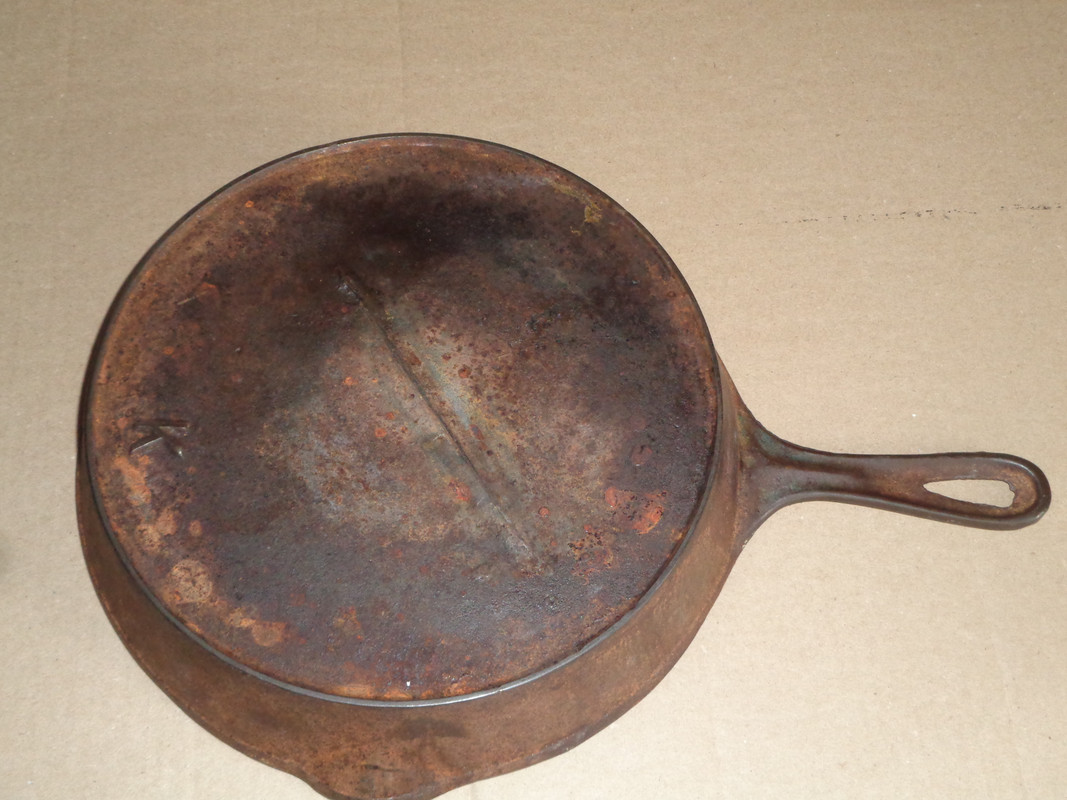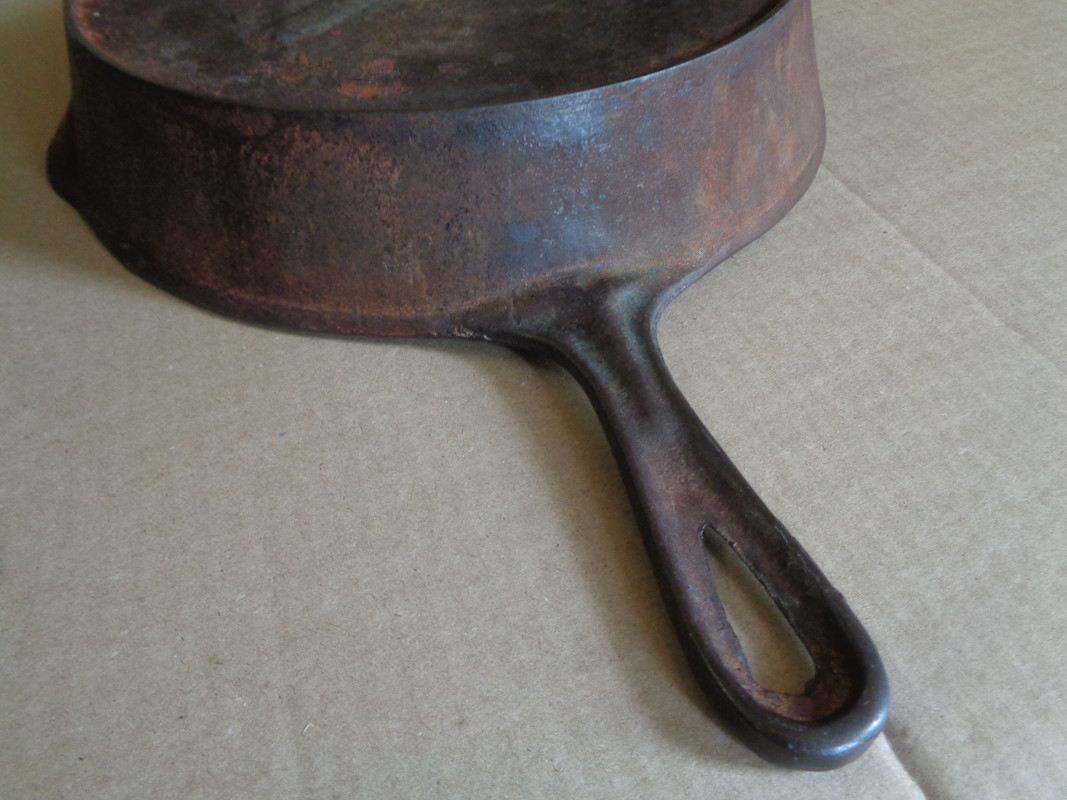Extremely light weight and smooth on the inside. Outside heatring and long narrow bottomgate.
Rim mounted hollowed handle with a rounded end and teardrop hole. Handle is slightly arched upward.
This all makes me think it's from the late 1800s but the two pour spouts make me not so sure.
Correct me if I'm wrong. I'm here to learn.
Some pics to view.



Thanks for any additional info you might have for me.
Rim mounted hollowed handle with a rounded end and teardrop hole. Handle is slightly arched upward.
This all makes me think it's from the late 1800s but the two pour spouts make me not so sure.
Correct me if I'm wrong. I'm here to learn.
Some pics to view.



Thanks for any additional info you might have for me.
